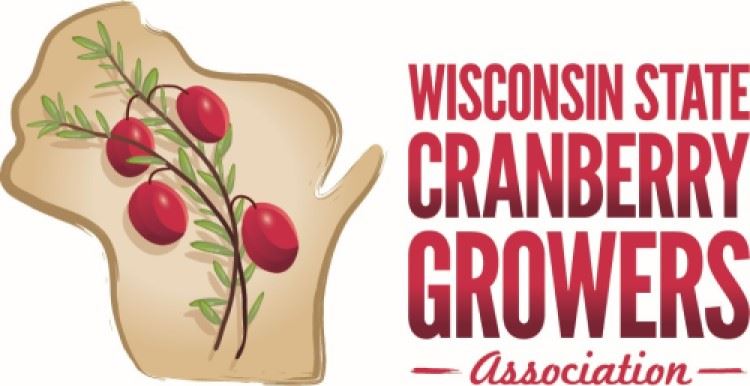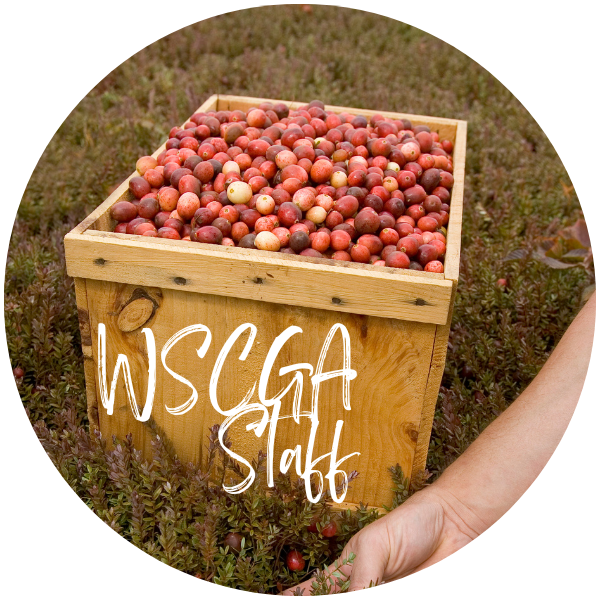- Home
- About Us
%20(7).png)
The Wisconsin State Cranberry Growers Association (WSCGA) is a member-based organization designed to cultivate Wisconsin’s cranberry industry and support its growers through useful educational resources, responsible environmental stewardship, sound governmental policies and effective public communications. Founded in 1887 to serve the needs of the state’s cranberry growers, WSCGA is committed to developing and implementing programs that assist growers in doing a better job of growing cranberries and strengthening public support for cranberry growing in Wisconsin. The state leads the nation in cranberry production, supplying 60 percent of the nation’s cranberry crop. |

%20(4).png)

%20(10b).png)

